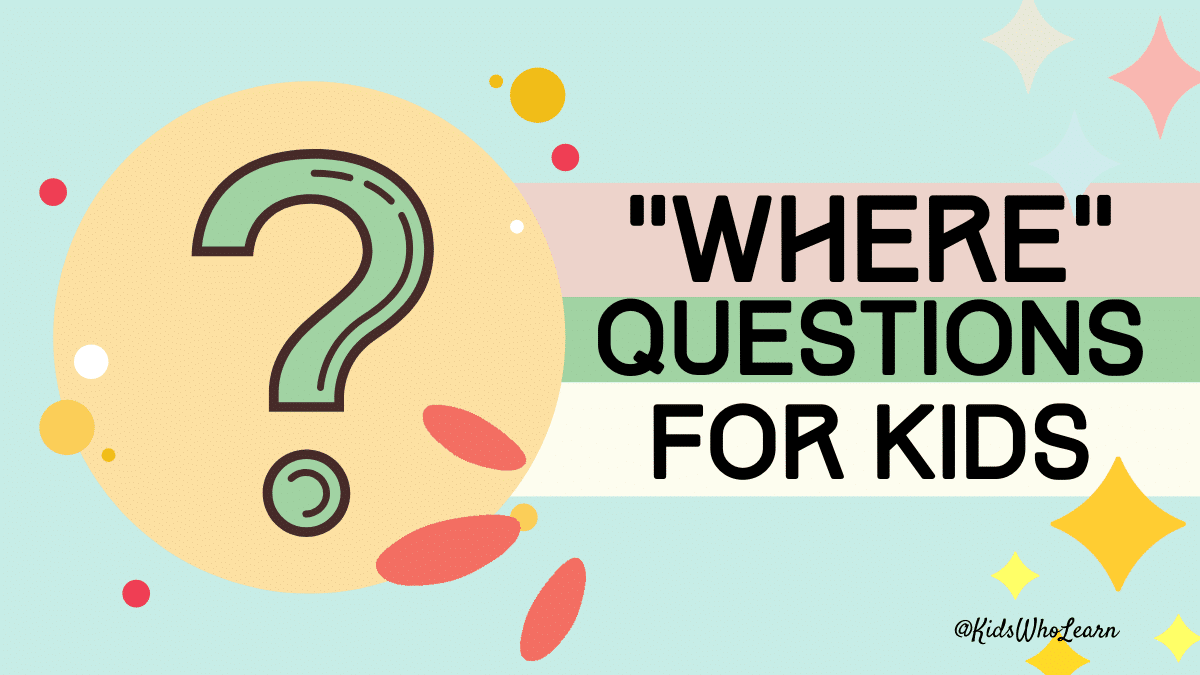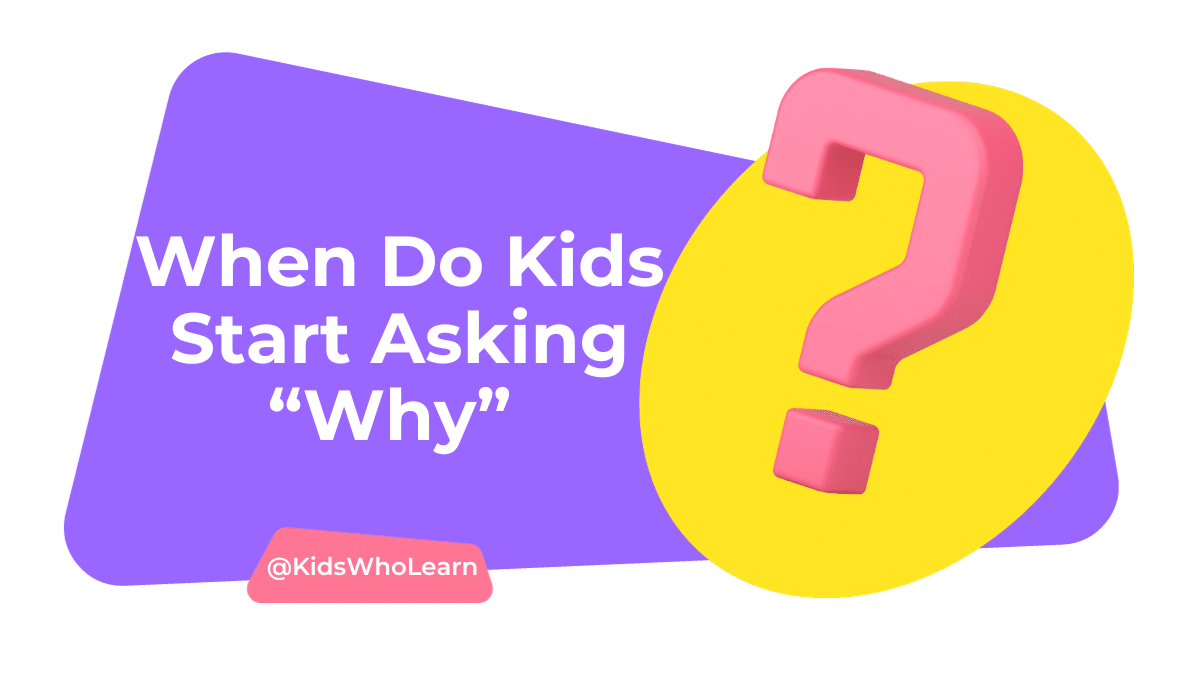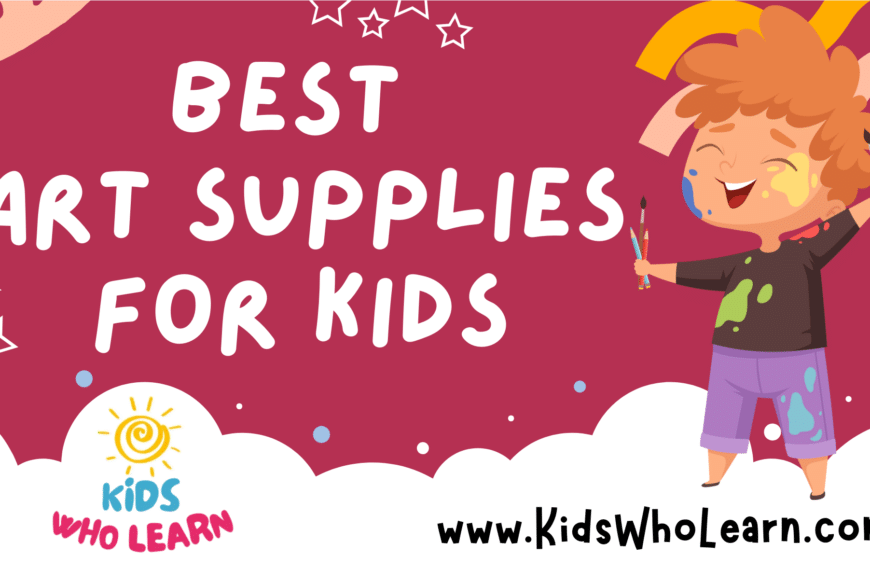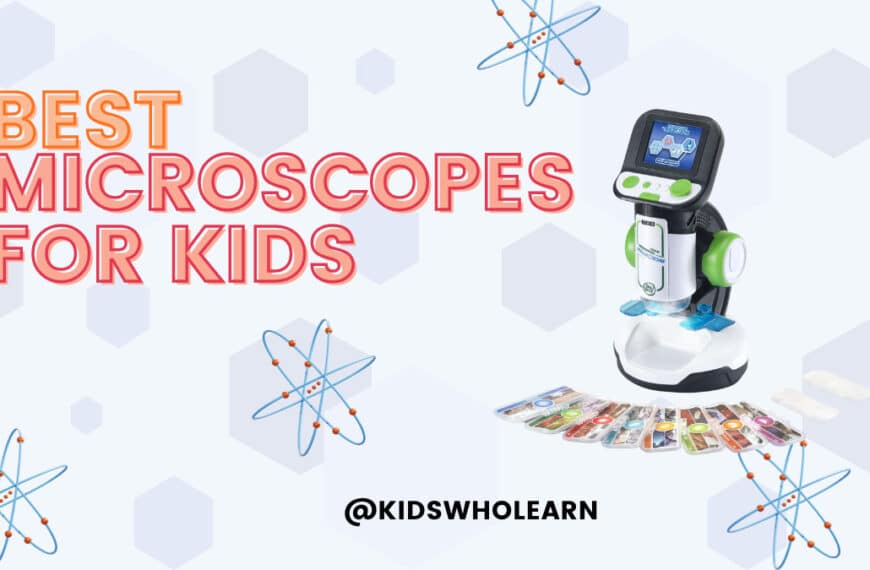Understanding ‘Where’ Questions for Kids
As a parent or educator, you may have noticed that young children often ask a lot of questions. One of the most common types of questions that kids ask are “where” questions. These questions are an important part of a child’s development, as they help them to understand the world around them and learn new vocabulary.
Importance of ‘Where’ Questions for Kids
‘Where’ questions are important for kids because they help to develop their spatial awareness and their ability to understand location and direction. By asking ‘where’ questions, kids learn to navigate their environment and understand the relationship between objects and people. Additionally, answering ‘where’ questions helps kids to develop their vocabulary and language skills, as they learn new words and concepts related to location and direction.
Key Takeaways
- ‘Where’ questions are an important part of a child’s development, as they help them to understand the world around them and learn new vocabulary.
- ‘Where’ questions help to develop a child’s spatial awareness and their ability to understand location and direction.
- Answering ‘where’ questions helps kids to develop their vocabulary and language skills, as they learn new words and concepts related to location and direction.
Understanding ‘Where’ Questions
‘Where’ questions are an important part of a child’s language development. These questions help children understand spatial concepts and develop their ability to locate objects and places in their environment. As a parent or caregiver, you can help your child develop their understanding of ‘where’ questions by using a few simple strategies.
One effective way to help your child understand ‘where’ questions is to use visual aids. For example, you can use a map or a picture book to point out different locations and ask your child questions about where things are. This can help your child develop their spatial awareness and improve their ability to give directions.
Another strategy is to use real-life experiences to help your child understand ‘where’ questions. For example, you can take your child on a nature walk and ask them questions about where different plants and animals are located. This can help your child develop their observation skills and improve their ability to describe their surroundings.
It’s also important to use clear and simple language when asking ‘where’ questions. For example, instead of asking “Where did you put your toy?”, you can ask “Can you show me where your toy is?” This can help your child understand the question more easily and develop their ability to give clear and concise answers.
In summary, understanding ‘where’ questions is an important part of a child’s language development. By using visual aids, real-life experiences, and clear language, you can help your child develop their spatial awareness and improve their ability to locate objects and places in their environment.
Importance of ‘Where’ Questions for Kids
As a parent or teacher, you may be wondering why ‘where’ questions are important for your child’s development. Here are a few reasons why:
1. Encourages Spatial Awareness
‘Where’ questions help children develop spatial awareness. They learn to understand and describe the location of objects, people, and places around them. This skill is crucial for their cognitive development, as it helps them navigate the world around them.
2. Enhances Vocabulary
As children answer ‘where’ questions, they learn new vocabulary related to location and direction. This helps them build a strong foundation for language development and communication skills.
3. Develops Critical Thinking
‘Where’ questions require children to think critically and problem-solve. They learn to analyze their surroundings and make decisions based on the information they have. This skill is essential for their academic and personal success.
4. Fosters Curiosity
Asking ‘where’ questions encourages children to explore their surroundings and fosters curiosity. This helps them develop a love for learning and discovery, which will serve them well throughout their lives.
In conclusion, ‘where’ questions play a vital role in a child’s development. By asking these questions, you can help your child develop spatial awareness, enhance their vocabulary, develop critical thinking skills, and foster curiosity.
Starting with Simple ‘Where’ Questions
Asking ‘where’ questions can be a fun way to engage kids in conversation and help them learn about the world around them. Here are some simple ‘where’ questions you can start with.
Indoor Scenarios
- Where is your favorite place to read?
- Where is the kitchen?
- Where do you keep your toys?
- Where is your bed?
- Where do you put your dirty clothes?
Outdoor Scenarios
- Where is the park?
- Where is the nearest tree?
- Where do you find birds?
- Where is the sidewalk?
- Where is your favorite place to play?
By asking these simple ‘where’ questions, you can help your child develop their language skills and learn more about their environment. You can also encourage them to ask their own ‘where’ questions and explore the world around them.
Progressing to Complex ‘Where’ Questions
As children get older, they become more curious about the world around them. They will start asking more complex ‘where’ questions that require a deeper understanding of geography and history. Here are some tips for helping children progress to complex ‘where’ questions.
Geographical Locations
When children start asking about geographical locations, they are usually interested in learning about different countries and cities. You can help them by providing maps and globes to help them visualize the different locations. Here are some examples of complex ‘where’ questions about geographical locations:
- What is the capital of Spain?
- Where is the Great Barrier Reef located?
- Which country is the largest in the world?
To help children answer these questions, you can provide them with resources such as atlases and travel books. You can also use online resources such as Google Earth to help them explore different parts of the world.
Historical Settings
As children learn more about history, they will start asking more complex ‘where’ questions about historical settings. They may want to know where certain events took place or where famous people lived. Here are some examples of complex ‘where’ questions about historical settings:
- Where did the American Revolution take place?
- Where was Martin Luther King Jr. born?
- Where did the Titanic sink?
To help children answer these questions, you can provide them with history books and documentaries. You can also take them on field trips to historical sites such as museums and monuments.
In conclusion, helping children progress to complex ‘where’ questions requires providing them with the necessary resources and encouraging their curiosity about the world. By doing so, you can help them develop a deeper understanding of geography and history.
Incorporating ‘Where’ Questions in Everyday Conversations
Asking ‘where’ questions is a great way to help children develop their spatial awareness and understanding of location. You can easily incorporate ‘where’ questions in everyday conversations with your child to help them learn and grow.
One way to do this is to ask your child where things are located. For example, you could ask them where their shoes are or where their favorite toy is kept. This will help them develop their sense of direction and spatial awareness.
Another way to incorporate ‘where’ questions is to ask your child where they want to go. This could be when you’re planning a family outing or just deciding where to go for a walk. By asking your child where they want to go, you’re giving them the opportunity to think about location and direction.
You can also use ‘where’ questions to help your child understand the world around them. For example, you could ask them where the sun goes at night or where rain comes from. This will help them develop their understanding of the world and how it works.
Incorporating ‘where’ questions in everyday conversations is a simple and effective way to help your child develop their spatial awareness and understanding of location. By asking these questions, you’re encouraging your child to think about location and direction, which will help them in many areas of their life.
Activities to Practice ‘Where’ Questions
Asking and answering ‘where’ questions is an important skill for kids to develop, as it helps them understand spatial relationships and build their vocabulary. Here are some fun and engaging activities that you can use to practice ‘where’ questions with your child.
Interactive Games
Interactive games are a great way to make learning fun and engaging for kids. Here are some games that you can play to practice ‘where’ questions:
- Treasure Hunt: Hide objects around the house or yard and give your child clues using ‘where’ questions to help them find the treasure. For example, “Is the treasure under the table or on the bookshelf?”
- I Spy: Play the classic game of “I Spy” using ‘where’ questions. For example, “I spy something red that is on the table.”
- Simon Says: Play a game of Simon Says using ‘where’ questions. For example, “Simon says touch your nose with your finger while standing next to the couch.”
Educational Apps
There are many educational apps available that can help your child practice ‘where’ questions. Here are some apps that you can try:
- Where’s My Water? This popular app challenges kids to help an alligator named Swampy find his way through a maze of pipes to get to his shower. Kids must use ‘where’ questions to determine where to dig tunnels to help Swampy get to his destination.
- Monkey Preschool Lunchbox: This app is designed for younger kids and helps them learn basic skills such as counting, matching, and sorting. It also includes a ‘where’ question game where kids must find objects hidden in different locations.
- Endless Alphabet: This app helps kids learn their ABCs and build their vocabulary. It includes a ‘where’ question game where kids must find letters hidden in different locations.
By incorporating these fun and engaging activities into your child’s routine, you can help them develop their ‘where’ question skills and build their confidence in using spatial language.
Challenges in Teaching ‘Where’ Questions
Teaching ‘Where’ questions can be challenging for both the teacher and the students. However, with the right techniques, it can be a fun and engaging experience for everyone involved. In this section, we will discuss some common mistakes made by teachers and students and how to overcome them.
Common Mistakes
Lack of Context
One of the most common mistakes made by teachers is not providing enough context for the ‘Where’ questions. Without context, students may not understand the question or may provide an incorrect answer. For example, asking “Where is the ball?” without any context may confuse the students. However, asking “Where is the ball in this room?” provides more context and makes it easier for students to answer the question correctly.
Using Complex Vocabulary
Another mistake made by teachers is using complex vocabulary when asking ‘Where’ questions. This can be confusing for students who may not understand the meaning of the words used. It is important to use simple and easy-to-understand vocabulary when teaching ‘Where’ questions.
Overcoming Obstacles
Use Visual Aids
Visual aids such as pictures, maps, and diagrams can be very helpful when teaching ‘Where’ questions. They provide context and make it easier for students to understand the question. For example, showing a picture of a park and asking “Where is the playground in this park?” makes it easier for students to answer the question correctly.
Use Real-Life Examples
Using real-life examples can make learning ‘Where’ questions more engaging and relatable for students. For example, asking “Where is your favorite place to go on vacation?” allows students to share their own experiences and practice using ‘Where’ questions in a meaningful way.
In conclusion, teaching ‘Where’ questions can be challenging, but with the right techniques, it can be a fun and engaging experience for both the teacher and the students. Providing context, using simple vocabulary, and incorporating visual aids and real-life examples can help overcome common obstacles and make learning ‘Where’ questions more effective.
Conclusion
In conclusion, asking “where” questions is an important part of a child’s development. It helps them understand the world around them and develop their cognitive skills. By asking “where” questions, children learn to observe and identify their surroundings, which is essential for their learning.
Asking “where” questions also helps children develop their language and communication skills. It allows them to express themselves and communicate their thoughts and ideas effectively. This is important for their social and emotional development, as well as their academic success.
Parents and caregivers can encourage children to ask “where” questions by providing opportunities for exploration and discovery. They can take children on nature walks, visit museums, and encourage them to ask questions about their surroundings. This will help children develop a sense of curiosity and a love for learning.
Overall, asking “where” questions is a simple yet effective way to support a child’s development. By encouraging children to ask questions and explore their surroundings, parents and caregivers can help them develop the skills they need to succeed in life.
Frequently Asked Questions
What are some examples of WH questions with pictures for kids?
WH questions are questions that begin with “what,” “where,” “when,” “who,” “why,” and “how.” For kids, using pictures can be a helpful way to teach and practice WH questions. For example, you can show a picture of a park and ask “Where are the kids playing?” or show a picture of a birthday cake and ask “What are they celebrating?”
How can speech therapy activities help kids with WH questions?
Speech therapy activities can help kids with WH questions by providing structured and engaging ways to practice. Activities can include using visual aids, playing games, and role-playing scenarios. Speech therapists can also provide feedback and guidance to help kids improve their skills.
What are some fun ways to practice WH questions for kids?
There are many fun ways to practice WH questions with kids. You can play games like “20 Questions” or “I Spy,” read books that ask WH questions, or create scavenger hunts where kids have to answer WH questions to find clues. You can also incorporate WH questions into everyday activities like cooking or going for a walk.
What are some effective strategies for teaching WH questions to kids with Autism?
When teaching WH questions to kids with Autism, it can be helpful to use visual aids, provide structured activities, and break down questions into smaller parts. It’s also important to provide positive reinforcement and give kids time to process and respond. Working with a speech therapist or other trained professional can also be beneficial.
What are some higher level WH questions that can challenge kids?
Higher level WH questions can include questions that require critical thinking and problem-solving skills. For example, “Why do you think the character made that decision?” or “How would you solve this problem?” These types of questions can help kids develop their reasoning and analytical skills.
What are some engaging worksheets for practicing Who questions with kids?
Worksheets can be a helpful tool for practicing Who questions with kids. Some engaging options include “All About Me” worksheets, where kids can answer questions about themselves, or “Guess Who” worksheets, where they have to ask and answer questions to figure out who the mystery person is. Online resources like Teachers Pay Teachers also offer a variety of fun and interactive worksheets for practicing WH questions.







